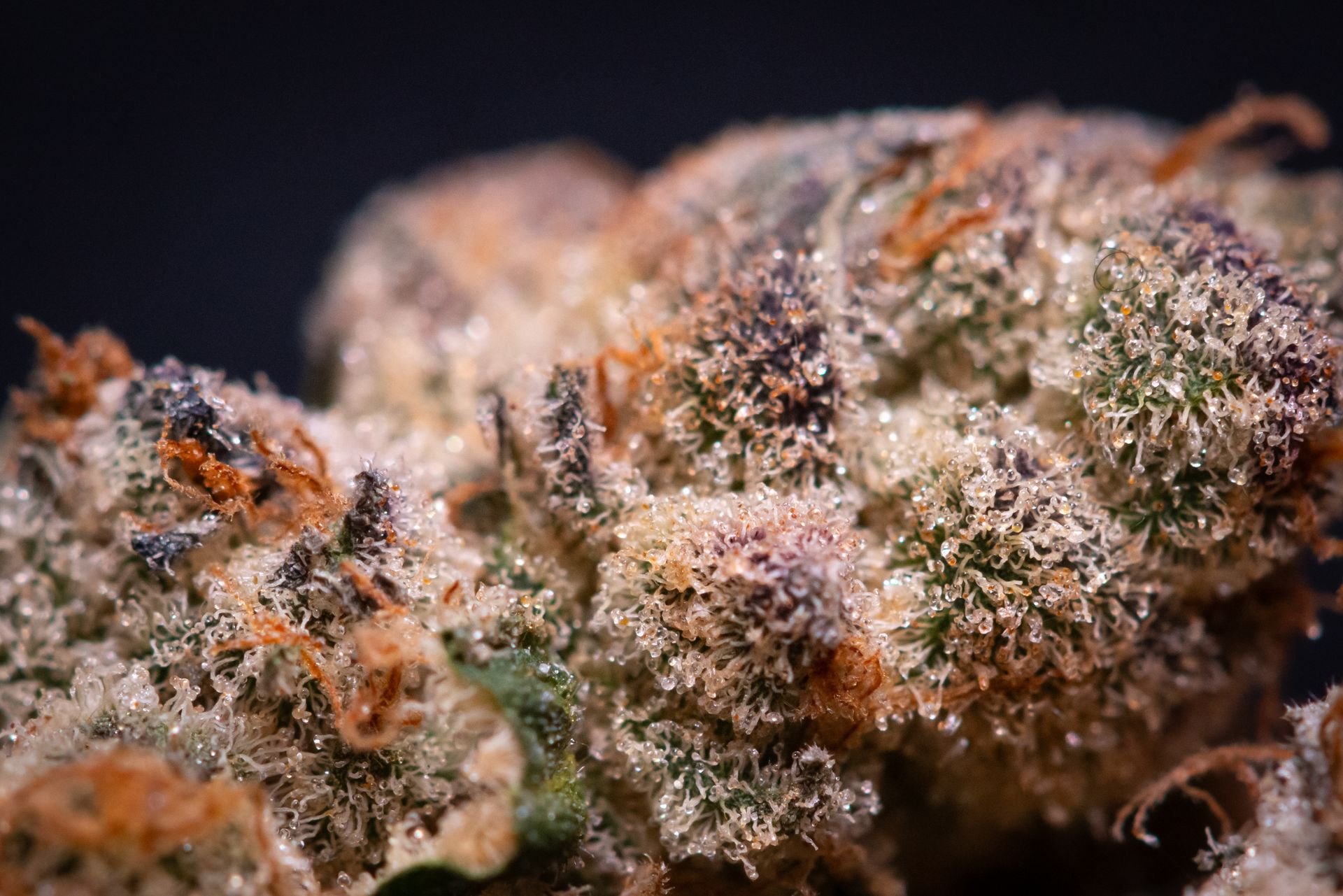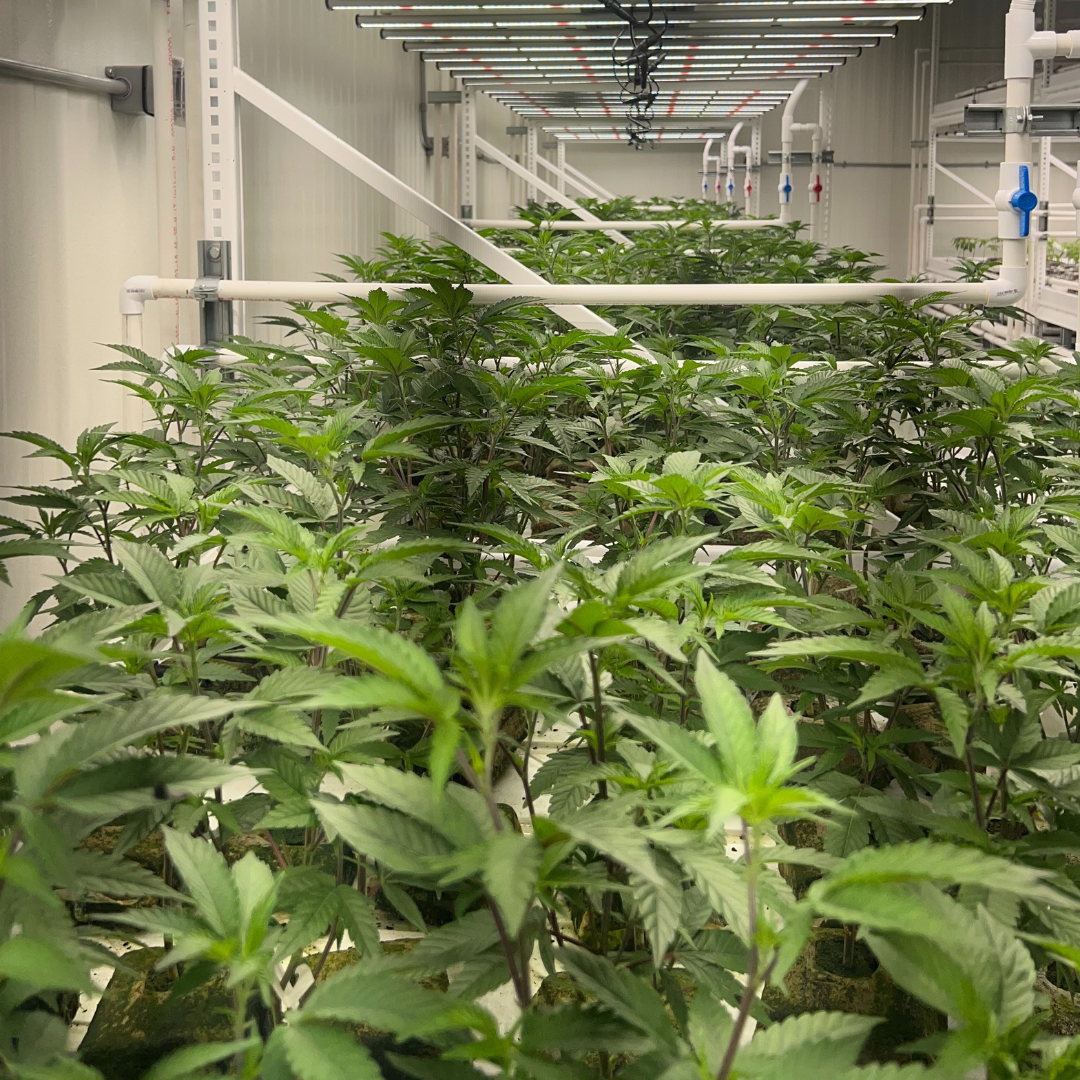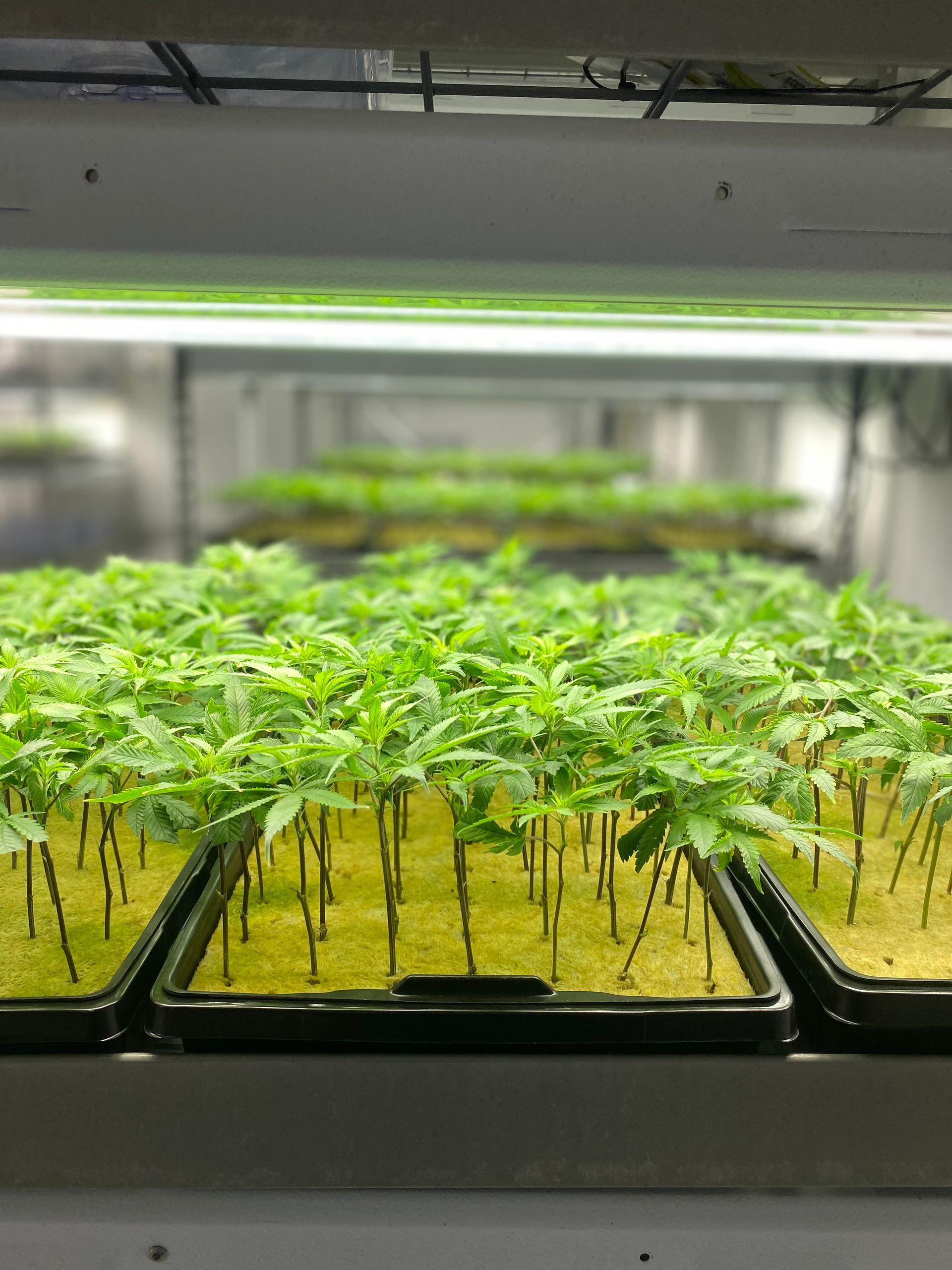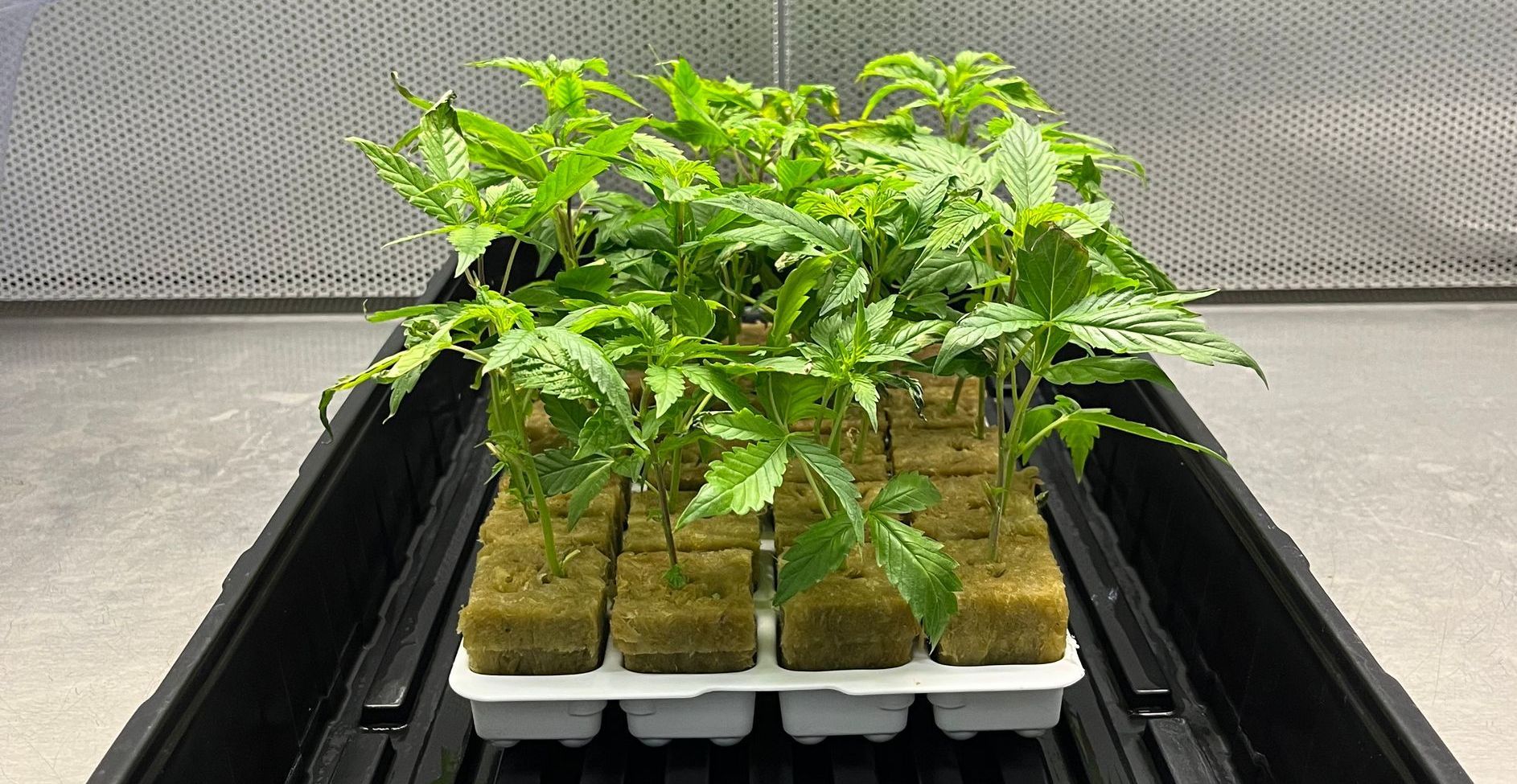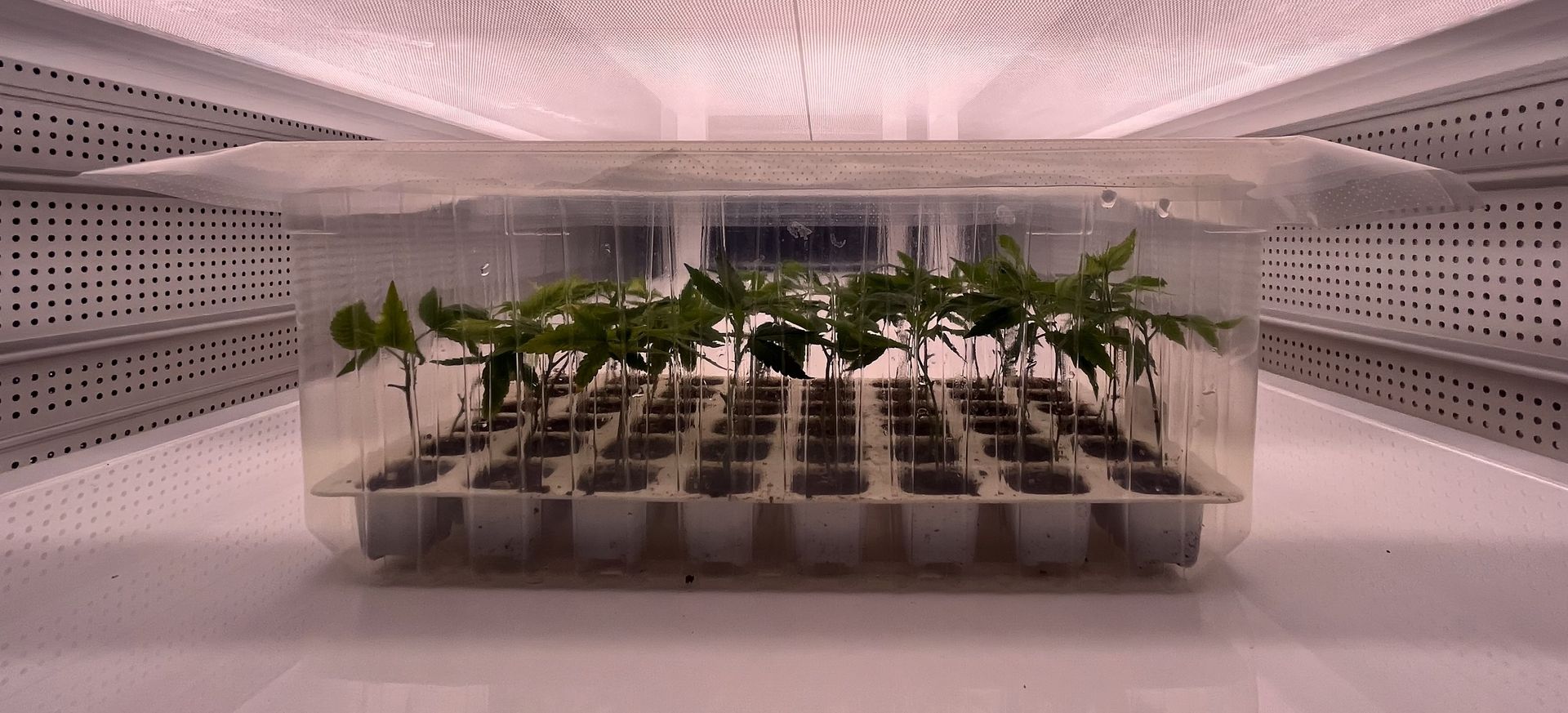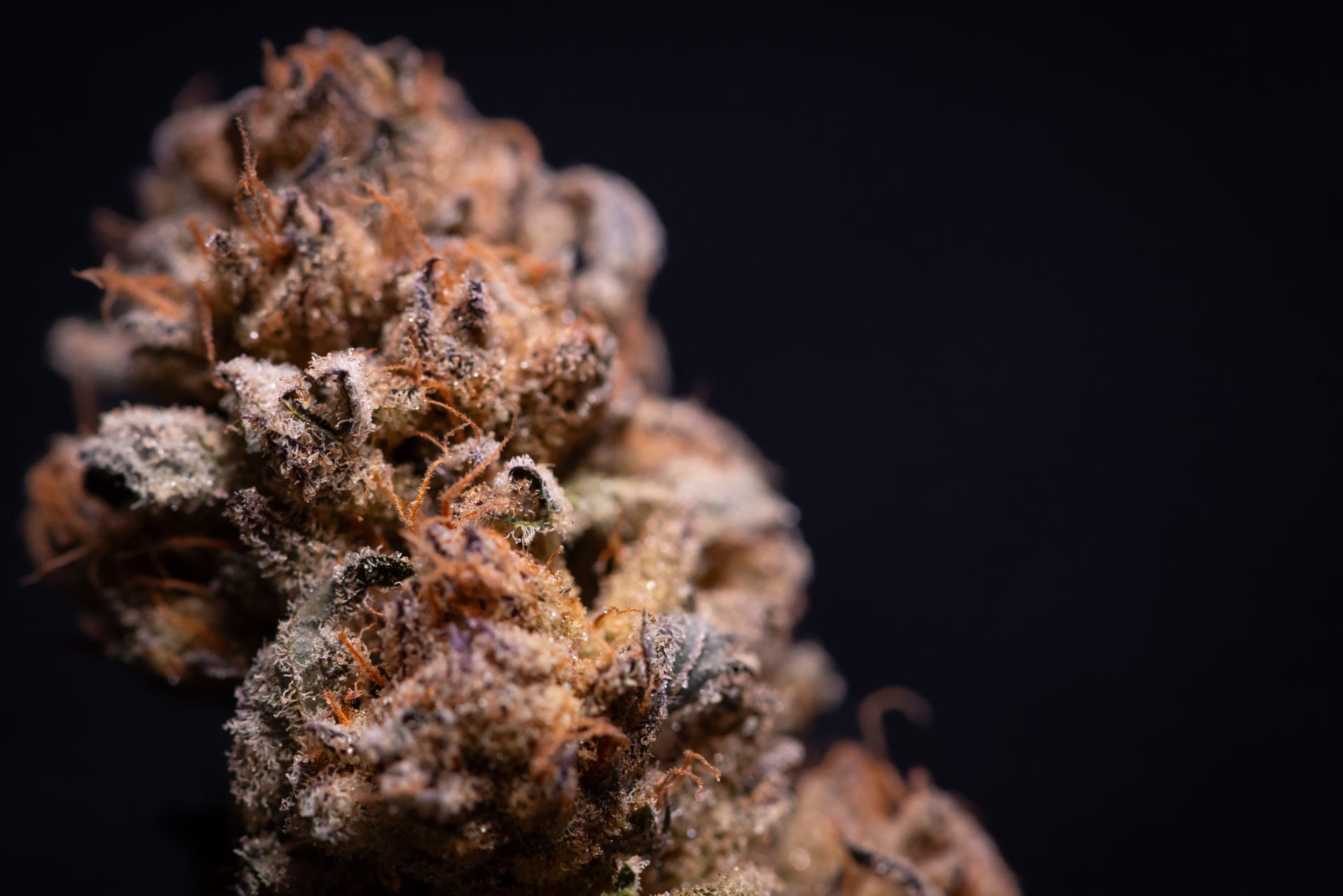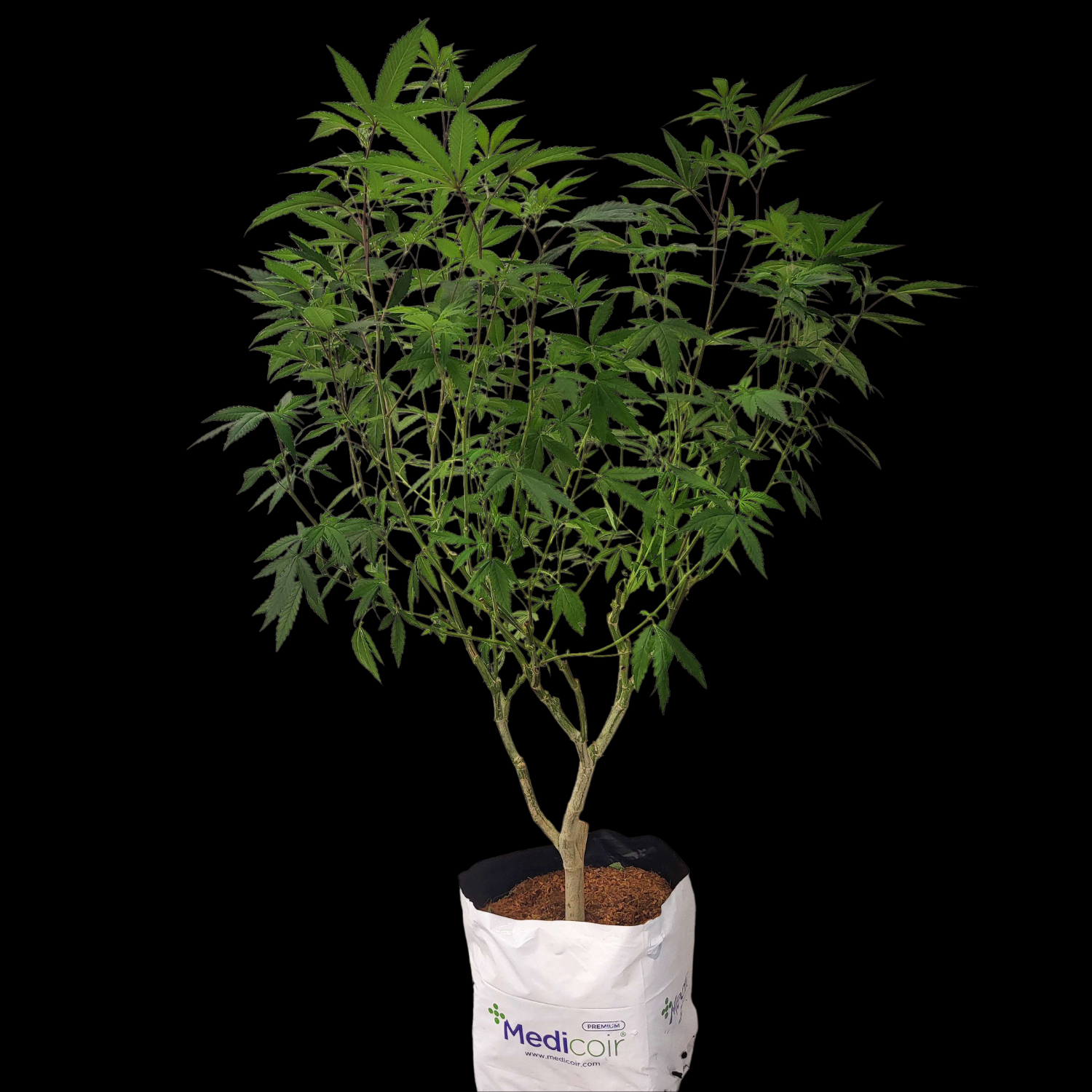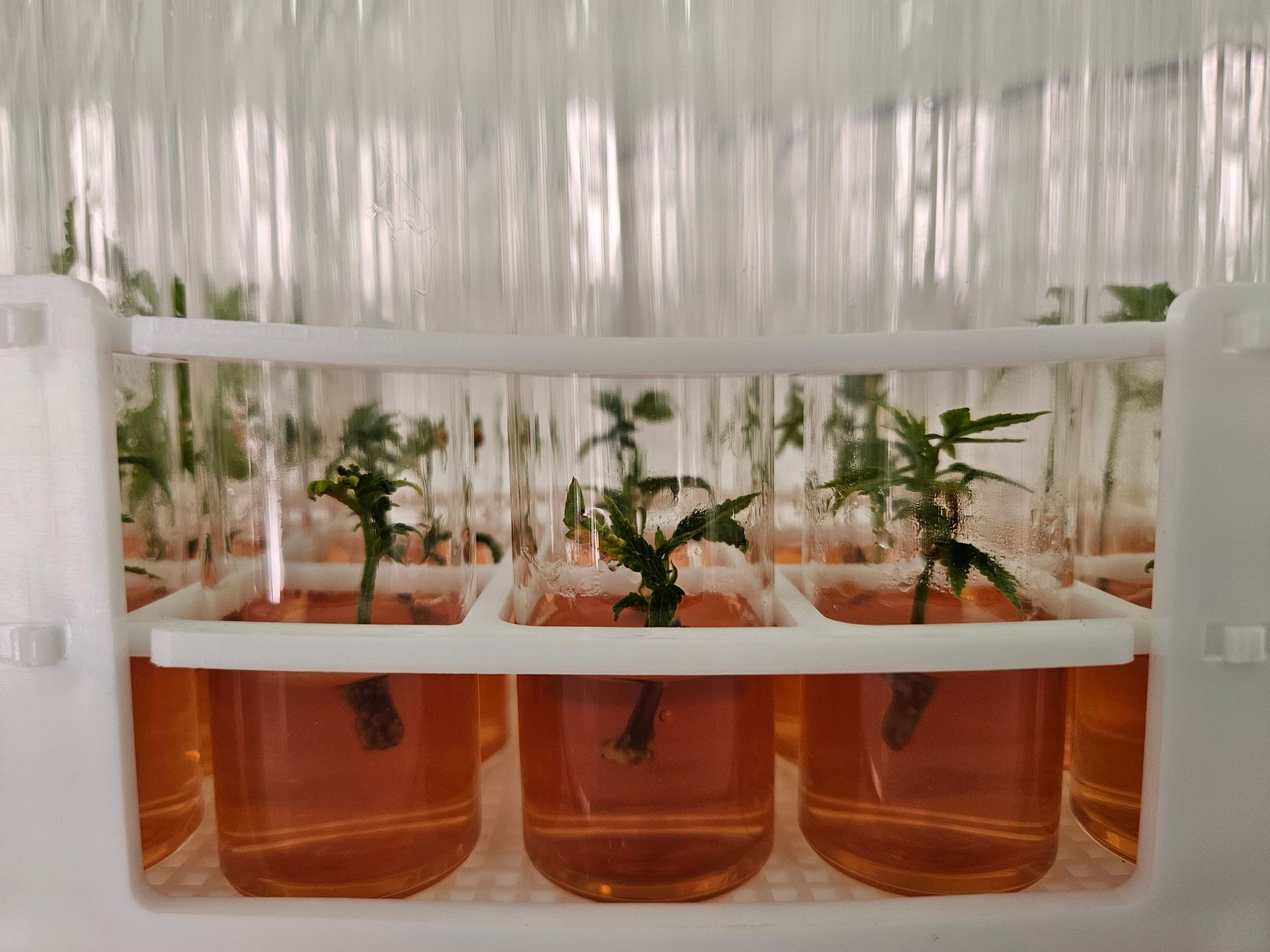Rooting Hormone for Cannabis Cuttings | Growing Guide
Rooting Hormone for Cannabis Cuttings | Growing Guide

Rooting Hormone for Cannabis Cuttings | Growing Guide
Did you know that up to 80% of cannabis clones can successfully root, depending on the propagation media used? Rooting hormones are essential to stimulating root development in cannabis cuttings, making them a crucial component of successful cloning. As a professional cultivator, you understand the significance of cloning for obtaining identical genetic copies of your desired plants, saving time and effort compared to growing from seeds.
In this comprehensive guide, we'll explore the role of rooting hormones in cannabis cultivation, delving into the various types, applications, and environmental requirements for optimal cloning success. Whether you're a seasoned grower or new to the world of cannabis propagation, this guide will provide you with the knowledge and tools to take your cloning efforts to the next level.
Key Takeaways
Cloning offers the advantage of obtaining an identical copy of the desired cannabis plant.
Rooting hormones are essential for stimulating root development in cannabis cuttings.
Rooting success can range from 13% to 80% depending on the propagation media used.
Rockwool and hormone applications significantly improve rooting success rates.
Cultivar selection and environmental conditions play a crucial role in successful cannabis cloning.
Understanding Cannabis Cloning Basics
At the heart of successful cannabis cultivation lies the intricate science of plant growth hormones. These chemical messengers play a crucial role in regulating various aspects of plant development, including the all-important process of root formation in cannabis cuttings. Among the five primary plant hormones - auxins, abscisic acid, cytokinins, ethylene, and gibberellins - auxins are particularly vital for initiating and promoting root growth.
The Role of Auxins in Root Development
The two most significant natural auxins are indole-3-acetic acid (IAA) and indole-3-butyric acid (IBA). These auxins stimulate cell division and elongation, leading to the formation of adventitious roots on cannabis cuttings. Rooting hormone products typically contain IBA or synthetic auxins like NAA (1-naphthaleneacetic acid) to boost the auxin:cytokinin ratio and expedite root development.
Environmental Requirements for Successful Cloning
Successful cannabis cultivation techniques require maintaining optimal environmental conditions throughout the cloning process. This includes maintaining humidity levels between 70-90% and temperatures up to 24°C, with the growing medium temperature not exceeding 22°C. Providing the right auxins for cuttings and carefully controlling these plant growth hormones can significantly improve the chances of achieving healthy, vigorous root systems in cannabis clones.
Rooting Hormone for Cannabis Cuttings: Types and Applications
Cloning cannabis plants through cuttings is a widely adopted technique, and the use of rooting hormones can significantly enhance the success rate. Rooting hormones, particularly auxin-based formulations, play a crucial role in promoting rapid and robust root development in cannabis cuttings. Let's explore the various types of rooting hormones available and their specific applications.
Rooting powders are a popular choice among commercial cannabis growers, as they offer a convenient and long-lasting solution. These powders, containing synthetic auxins like indolebutyric acid (IBA) or napthaleneacetic acid (NAA), are easily applied by simply dipping the cutting's base into the powder before planting.
In contrast, liquid rooting hormones provide versatility. They can be used to soak the rooting medium or directly applied to the cutting's base, allowing growers to tailor the application method to their specific needs. These liquid formulations often contain a higher concentration of auxins, making them suitable for more challenging-to-root cannabis cultivars.
Rooting gels are a popular choice among home-based cannabis cultivators, as they offer a user-friendly alternative to powders and liquids. These gels, containing auxin compounds, are typically applied by simply dipping the cutting's base into the gel before planting, ensuring a consistent and controlled application.
Regardless of the rooting hormone type, the general application process involves dipping the cutting's base into the product and then planting it in a suitable rooting medium, such as a soilless potting mix or hydroponics system. Some growers also mix cloning powder into their seedling potting mix or use diluted cloning liquid solutions during watering to promote root development.
"Rooting hormones are not generally required for most herbaceous species, but they can enhance rooting percentages for moderate and difficult-to-root plant species."
By understanding the various rooting hormone options and their specific applications, cannabis growers can optimize their cloning success and ensure the healthy development of their cannabis cuttings.
Natural and Organic Rooting Solutions
While commercial rooting hormones can be effective for cannabis cloning, savvy growers are increasingly turning to natural and organic alternatives. These homemade solutions not only support root development but also align with the principles of organic cannabis cultivation. Let's explore some of the natural rooting compounds that can be used to propagate healthy cannabis clones.
Willow Water Extract Method
Willow water, rich in indolebutyric acid, is a traditional rooting compound made by steeping young willow branches in boiling water. This all-natural solution can be an effective and inexpensive alternative to synthetic rooting hormones, costing around €20 or less per batch. Willow water is a preferred choice among commercial growers due to its longer shelf-life compared to liquid or gel rooting products.
Honey and Aloe Vera Applications
Honey serves as a natural antibacterial and antifungal agent, protecting emerging cannabis roots from pathogens. Aloe vera, on the other hand, contains salicylic acid, a growth stimulant that can be used to encourage healthy root development during the cloning process.
Cinnamon as Natural Root Stimulant
Cinnamon, a common household spice, acts as a natural antifungal agent, protecting developing cannabis roots from harmful pathogens. This cost-effective and organic solution can be a valuable tool for growers focused on natural rooting compounds for their organic cannabis cultivation practices.
By incorporating these natural and organic rooting solutions, cannabis cultivators can propagate healthy clones while aligning with their commitment to sustainable and environmentally-conscious growing practices.
Optimizing Environmental Conditions for Cloning
Successful cannabis propagation begins with creating the ideal environment for your clones. The key to thriving cannabis clones lies in replicating the optimal habitat they would experience in nature. At Klonetics Plant Sciences, we've meticulously researched the environmental factors that foster rapid root development and vigorous growth in cannabis cuttings.
For the best results, cannabis clones should be housed in a propagator under an 18-6 light schedule. CFL or LED grow lights are recommended, with a focus on the blue light spectrum and a portion of the red spectrum. Maintaining a PPFD (Photosynthetic Photon Flux Density) light intensity ranging from 60-250μmol/m²/s is crucial for healthy clone development.
Humidity levels play a vital role in clone survival, with the optimal range being 70-90%. Regular misting with pure water can help maintain these ideal humidity levels. Temperature is also a critical factor, and clones thrive in environments up to 24°C (75°F). Controlling these environmental conditions can significantly increase the success rate of rooting cannabis cuttings.
By carefully optimizing the cloning environment, including the light spectrum for clones, growers can maximize the cannabis propagation success rate and ensure the healthy development of their cannabis clones.
Conclusion
In conclusion, the use of rooting hormones plays a crucial role in the success of cannabis cloning. While some cannabis varieties can root naturally given the right environmental conditions, the application of rooting hormones can significantly improve the speed and success rate of the cloning process, especially for more challenging cultivars. Growers have the flexibility to choose from various formulations, such as powders, liquids, or gels, depending on their specific needs and level of expertise.
The research highlighted in this article underscores the importance of proper hormone application techniques and environmental control in achieving optimal rooting results. Companies like Klonetics Plant Sciences are at the forefront of innovative cannabis propagation solutions, offering advanced approaches to maintain genetic integrity and quality during the cloning process. For professional cannabis cultivators and licensed producers seeking to maximize their cloning success, understanding the benefits of rooting hormones and implementing best practices can be a game-changer in their cultivation strategies.
By leveraging the insights and techniques discussed in this guide, growers can unlock the full potential of their cannabis cloning efforts, ensuring robust root development, healthy shoot growth, and the preservation of their valuable genetic assets. With the right combination of rooting hormone application and environmental optimization, cannabis cloning can become a reliable and efficient process, paving the way for a more sustainable and successful cannabis cultivation industry.
FAQ
What are the essential benefits of using rooting hormones for cannabis cuttings?
Rooting hormones, such as auxins, are crucial for stimulating root development in cannabis cuttings. They can significantly increase the success rate of cloning and speed up the rooting process, especially for difficult-to-propagate cannabis varieties.
What are the different types of rooting hormones available for cannabis cloning?
Cannabis cultivators can choose from various types of rooting hormones, including powders, liquids, and gels. Each form has its own application methods and advantages, with powders being preferred by commercial growers for their long shelf-life and efficiency.
Can natural alternatives be used instead of synthetic rooting hormones?
Yes, there are several natural alternatives that can be effective for organic cannabis cultivation, including willow water, honey, aloe vera, and cinnamon. These natural compounds contain growth-promoting substances that can stimulate root development in cannabis cuttings.
What are the ideal environmental conditions for successful cannabis cloning?
The optimal habitat for cannabis clones is a propagator under an 18-6 light schedule, using CFL or LED lights with a focus on the blue light spectrum and a portion of the red spectrum. Maintaining proper humidity (70-90%) and temperature (up to 24°C) is crucial for clone survival.
How important is the application technique when using rooting hormones?
Proper application technique is essential for achieving optimal results with rooting hormones. The choice of powder, liquid, or gel, and the specific method of application (dipping, watering, or mixing with the growing medium) can significantly impact the success of rooting cannabis cuttings.



